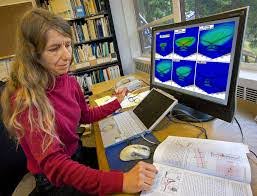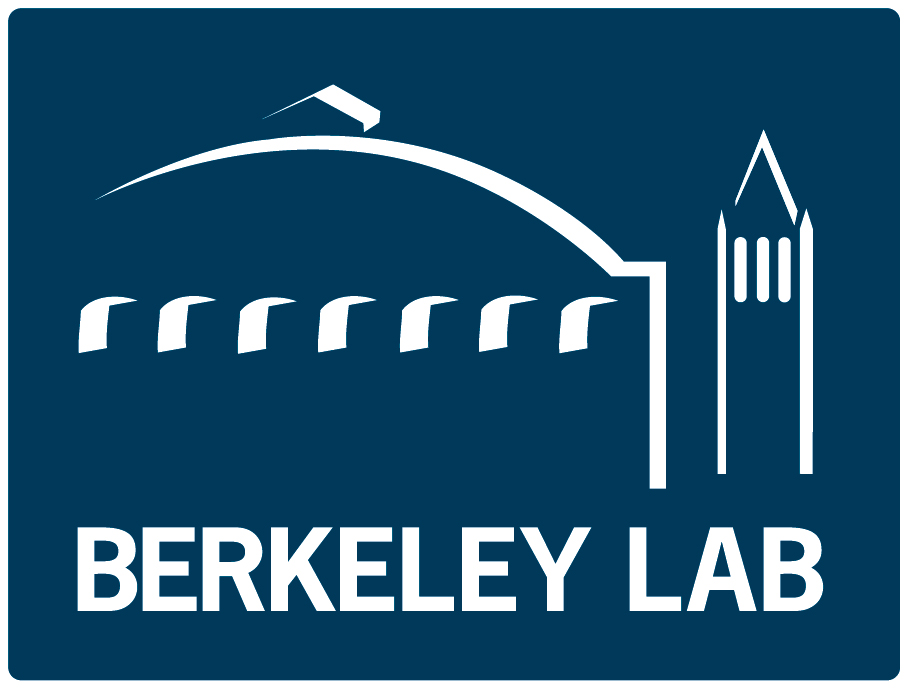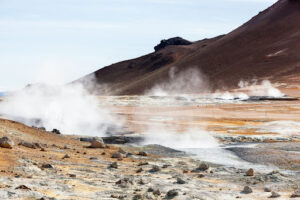When she first joined Berkeley Lab in the late 1970s as an undergraduate student research assistant, Christine Doughty had little idea that the software that she started working on would prove to be of such value for the next 50 years and beyond. Today, TOUGH (Transport Of Unsaturated Groundwater and Heat) software is used by industry, government agencies, and academic institutions to tackle a range of challenges, including storing nuclear waste, cleaning up environmental pollution, and harnessing energy from underground resources.

Back in the ‘70s, there were already a number of software programs that could simulate underground flows, but none addressed multiphase flows – when water or other fluids undergo a phase transition (e.g., when water changes into steam) due to significant temperature fluctuations underground.
Explained Doughty: “When water turns into steam, the volume changes significantly, so there are huge changes in the density of the fluid. These phase changes posed a big challenge computationally.”
Solution
To address this important set of challenges, the Energy Geosciences team (now part of the Earth and Environmental Sciences Area), led by senior scientist Karsten Pruess, developed a software program called SHAFT (Simultaneous Heat and Fluid Transport) software which facilitated simulations of multi-phase flows of steam, water, and brine. The reception to SHAFT was very positive, encouraging Berkeley Lab and its partners to then build a modular, general purpose tool dubbed MULKOM that could model multiple scenarios involving different fluids (MULKOM is an acronym for multi-component model), such as natural gas or oil.
Following the success of MULKOM, another special purpose software called TOUGH was built in the late 80s, focusing on modeling the storage of nuclear waste underground in fractured rock above the water table, where rock pore space and fractures may contain water, air, or a mixture of both. Over the years TOUGH grew and expanded to include new functionality, eventually replacing MULKOM as a powerful general purpose tool for simulating how water, heat, and gases move through underground rock and soil.
Geothermal and oil and gas companies discovered the software, and today many private companies (in addition to government and academic researchers) are using the TOUGH software suite to model subsurface flows.
Eric Sonnenthal, a staff scientist in geochemistry who joined Berkeley Lab in 1996, said, “TOUGH was initially built for solving geothermal problems but there was a real need to apply it to underground nuclear waste storage. So its development had to follow strict quality assurance standards. Achieving these standards meant that industry gained confidence in the software.”
Today, the core TOUGH product (the latest is TOUGH3) is bolstered by specialty software products. Tough+ Hydrate addresses sub-freezing systems such as Arctic and sea floor environments. iTOUGH addresses situations where there is uncertainty in the available information about the subsurface, using an approach similar to machine learning to fill in the information gaps. TOUGH3 optimizes parallel computing platforms.
Many of these software products have been widely used for industry applications. TOUGHREACT, a product which includes the simulation of chemical reactions of water and gases with minerals, and TReactMech, which also simulates geomechanical processes (such as rock deformation), are popular products for the geothermal and petroleum industry.
“In the fields of petroleum and geothermal engineering, this information about chemical reactions with minerals and contaminants is a critical set of information that companies need. TOUGHReact is one of the few products available that can account for these reactions in simulating multiphase flow,” said Sonnenthal, who helped develop TOUGHREACT with colleagues TianFu Xu and Nicholas Spycher.
The software team is continuing to develop new generations of the core product as well as novel software to model geomechanical processes such as induced seismicity.
The team also offers training courses and hosts a TOUGH symposium which takes place every three years or so, attracting as many as 250 attendees.

Impact
Today, TOUGH’s reach is global. It has been licensed by more than 640 organizations – academia, government, and industry players, which account for about 25% of licensees. Industry licensees have included BP, Chevron, ConocoPhillips, ExxonMobil, Occidental Petroleum, and Shell, among others.
Said Sonnenthal, “The TOUGH team has been receiving royalties from the use of the software for the past 15 years or so. Usually, part of the royalties go back to the inventors or software developers, however, the team requested that their royalties go to funding the continued development of the software.”
TOUGH is also being used today for DOE’s Enhanced Geothermal System Demonstration Projects at Newberry Volcano in Oregon, the Frontier Observatory for Research in Geothermal Energy (FORGE) in Utah, and others.
Meanwhile, TOUGHREACT is being used for evaluating lithium and critical mineral resources in collaboration with several industry, national lab, and university partners. It is also being used for a subsurface hydrogen generation project funded by ARPA-E.

In addition, TOUGH has been applied to high-profile environmental disasters, such as the Aliso Canyon natural gas leak in 2015, where the modeling showed that the well’s complex geometry was contributing to the failed top-kill attempts and showing that a relief well would be effective (the blowout stopped within 10 minutes of the relief well connecting to the leaking well). TOUGH was used in 2010 to assess the Deepwater Horizon’s Macondo oil well blowout, estimating how much oil and gas were flowing out to the sea floor.
“It’s interesting that TOUGH has had an audience all these years,” said Doughty. “It really speaks to Karsten Pruess’ vision of creating this fundamental, powerful capability, and to do it with a modular architecture. You can plug in different fluids to solve different problems. You have a lot of flexibility in how you use it and also in further developing it. It’s such a nice surprise that it has continued to prove its value even today.”

